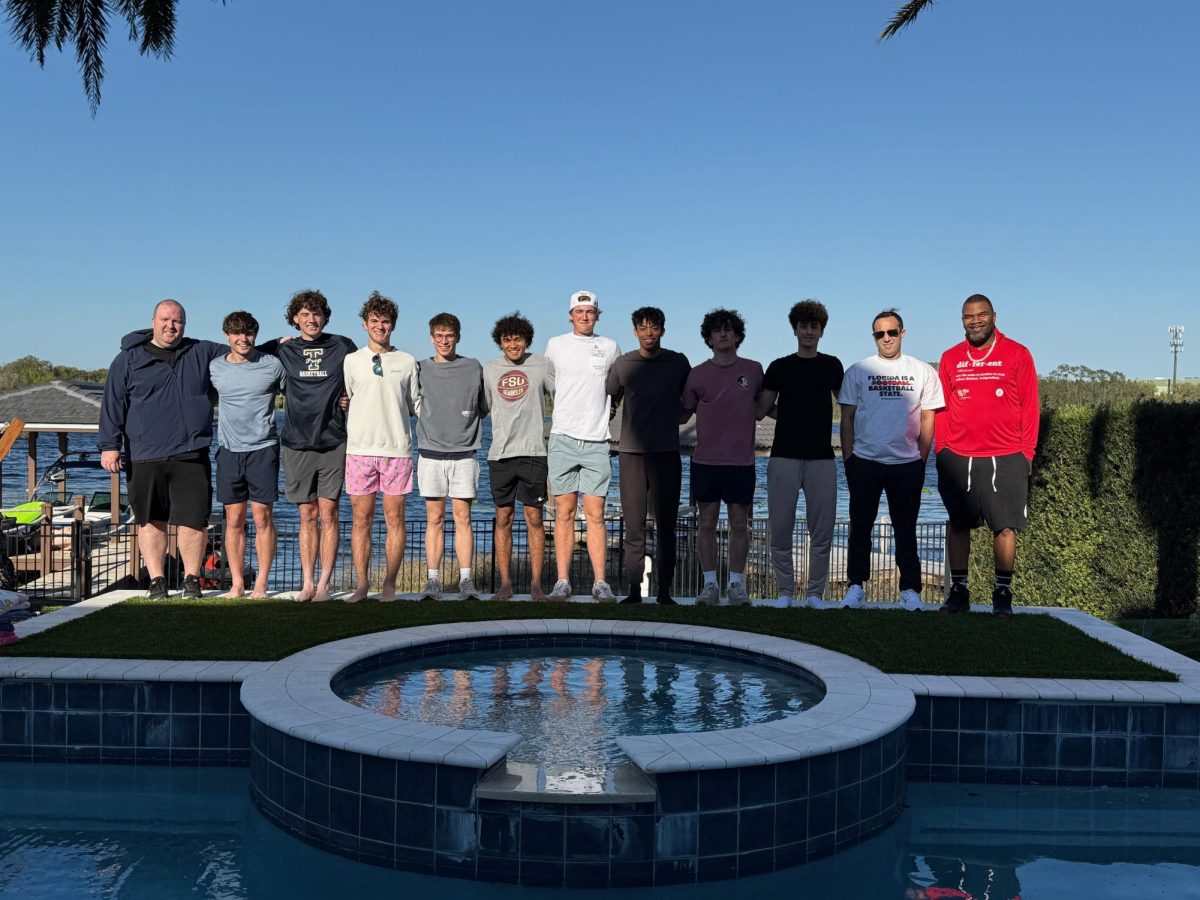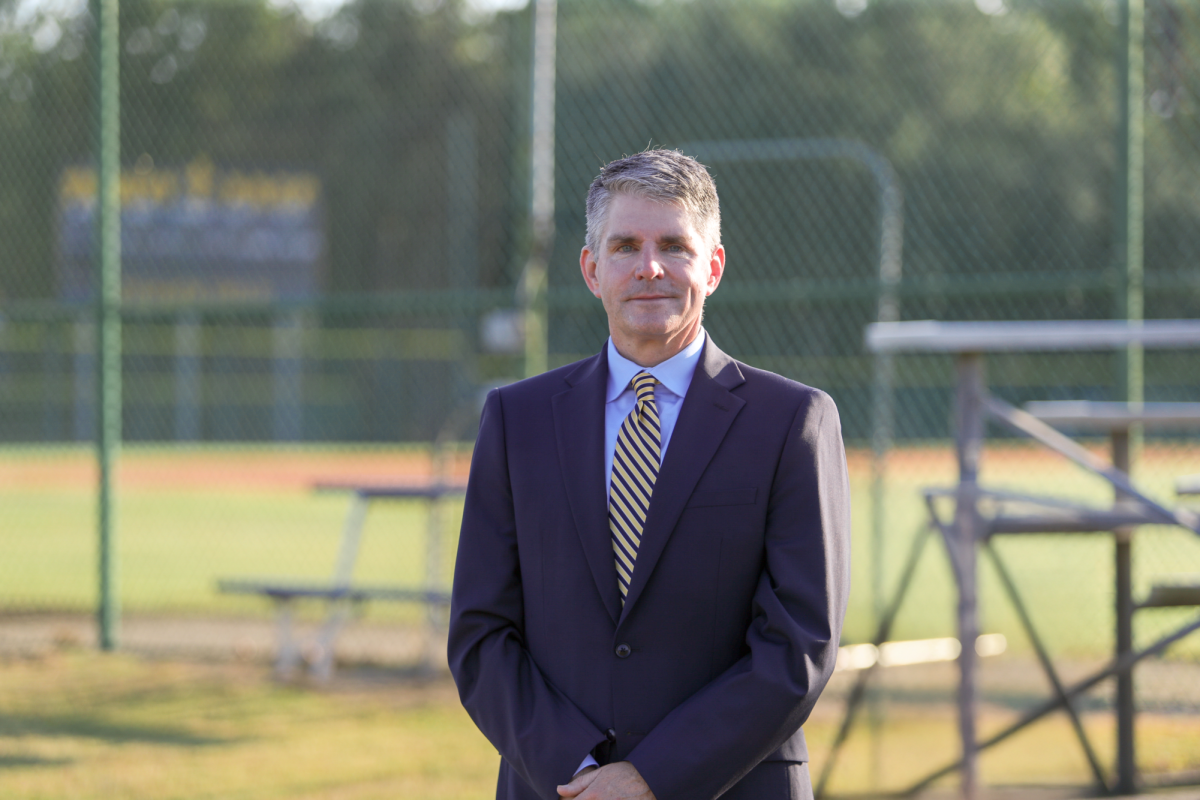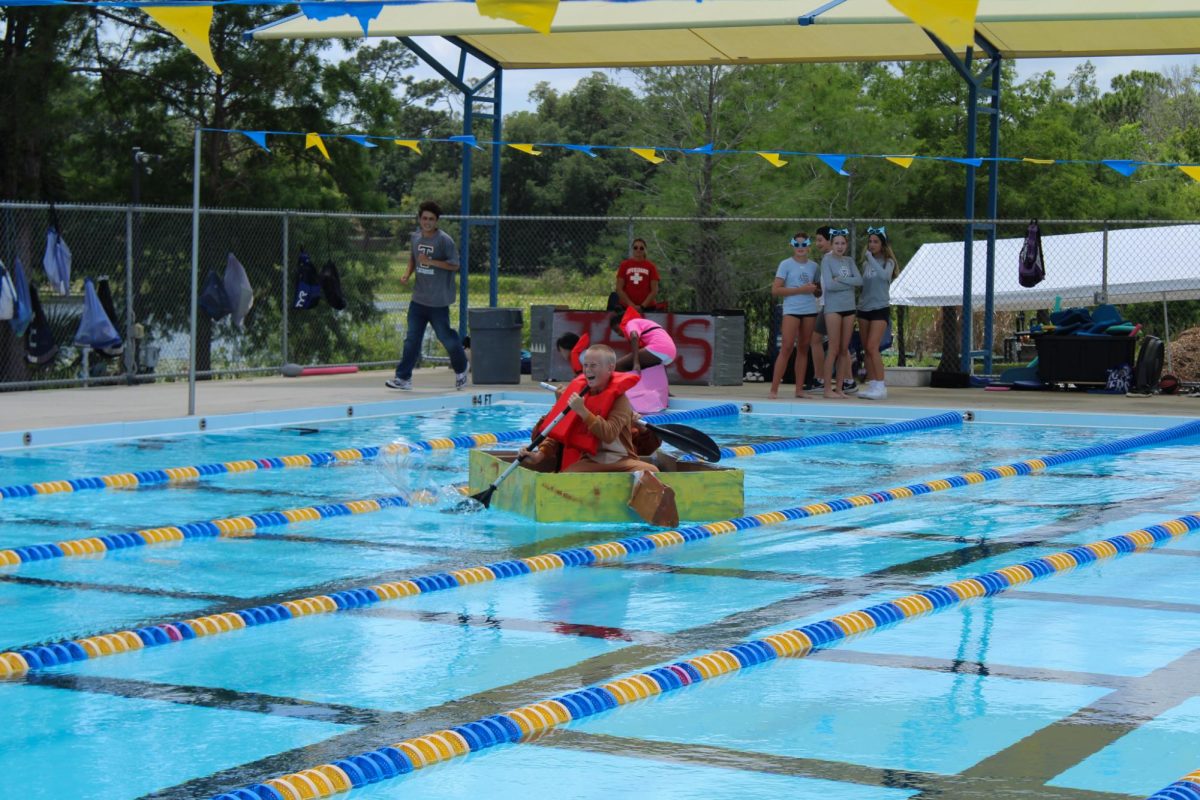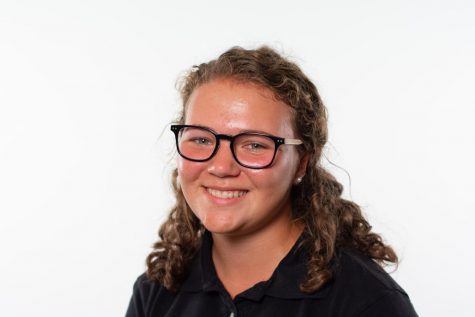The map has been drawn, the path has been decided, and Trinity Prep has already begun the five-year journey to pursue a new set of goals and ideals. The first Strategic Plan since the appointment of Head of School Byron Lawson provides a carefully groomed list of objectives for the school to undertake from 2017 through 2022. It was devised primarily by members of Trinity’s Board of Trustees and school administration and was released to the Trinity family in Fall of 2017. The introduction of entirely new plan for the school’s future brings many questions regarding the changes that students and parents can expect.
Vice-Chair of the Board of Trustees Paul Dietrich played a major role in the design of the Strategic Plan. With the rest of the Board and a gathered group of individuals both in and outside of the school, major concerns were examined and addressed to allow the school and the Trinity family to progress.
“The Strategic Plan is the blueprint for the next five years of the school…” Dietrich said. “The decisions made by the school administration and the Board of Trustees are largely guided by the strategic imperatives that are made in the plan.”
The Strategic Plan covers six prime topics including learning and teaching, student life, school culture, diversity and spiritual life, development and advancement and facilities and financial affordability. Trinity hopes to expand its staff of educators and provide a stable, supportive environment for the current eminent teachers.
“Trinity’s faculty is excellent,” Dietrich said. “Our goal is to maintain that excellence and to create programs that will not only inspire our current teachers to continue their excellent work but will also attract new teachers to share in that desire to create a valuable experience.”
Collaboration between teachers and students is highly encouraged by the Plan and the committee. Interdepartmental partnership could have extremely positive results for the interest of the student body and the content of the curriculum.
“We hope the Plan enables administrators and teachers to dream about the possibilities of what we ought to teach and teach in a way that they and students might find exciting,” Lawson said. “We should not lose sight of the fact that learning is a partnership between students and faculty that could be fun for both.”
The Plan also considers the learning habits of students and hopes to supply them with a more accommodating experience and allow for a broader range of accessible classes. With nothing short of one of the most demanding student schedules in Central Florida, Trinity looks to add alternatives for students with a wider array of interesting courses.
“[The changes to curriculum] are the broader offerings that would open up more classes to more students. The idea is to move away from advanced placement-type classes and provide alternatives that would allow more students to study in subjects that hold interest to them without necessarily being required to take an AP curriculum.” Dietrich said. “And we are looking at creating courses that might be out of the mainstream to allow seminars and focused classes that may appeal to the special interests of certain faculty members and will also be attractive to students.”
Curriculum changes are primarily an objective that will be pursued in the 2018-19 school year with the addition of new classes and teaching styles. Lawson supports the idea of academic liberty in the staff with the creation of the supplementary courses.
“We have added grade level courses for the fall of 2018,” Lawson said, “And I know of at least one class where teachers are thinking of team-teaching an interdisciplinary course for 2019-20.”
Any of Trinity’s students can testify that the school is far from being a pressure-free environment. A vital topic of conversation among the committee members of the Strategic Plan was student health and well-being. An initiative to decrease anxiety in the student body is a large factor of the plan and its agenda.
“I think that there is no argument that students in general at Trinity are under a fair amount of stress,” Dietrich said. “It’s appropriate for us to make sure that our students are healthy, not just physically, but also mentally, and that they have the proper support when they believe things begin to get a little overwhelming. We want to make sure we strike the right balance so that students truly do enjoy the Trinity experience.”
Students also believe in that fundamental balance between an engaging course load and an overwhelming amount of work. Senior and Student Body President Alexandra Rick believes that the Strategic Plan is addressing the proper issues.
“Personally, I think that Trinity should focus on maintaining the challenging curriculum and work on minimizing the stress levels of the students,” Rick said. “I think that a big selling point of our school is how it is challenging while preparing you for college.”
The Plan pursues a promising redevelopment of the campus and surrounding areas to secure the full benefit of Trinity’s advantageous position. With the vast expanse of land it occupies, Trinity has not yet been able to completely maximize its location potential.
“The aspects we are looking at are not only reworking and more efficiently using the existing campus but also the potential renovations of other buildings.” Dietrich said. “Many of the campus buildings are originals from the early 1970s, so we are taking a close look at how to effectively redevelop them as well as other new building possibilities.”
Another important concern that will hopefully be nullified by the Strategic Plan is that of the costly tuition. The school aims to be able to function with a lesser dependency on the tuition paid by attending families.
“There is a concern that tuition will continue to rise in the face of rising costs to operate the school,” Dietrich said. “We have begun an initiative to look at ways to not only support more charitable giving to the school but also to create an ancillary income.”
Alternative means of collection have been underway for some time and will equip the school with a continued solid financial foundation. Trinity works to promote its rental facilities and programming opportunities as well as outside donation and philanthropy to achieve a more dependable endowment for the school.
“Generations of donors have left a legacy of generosity that funds everything from scholarships to building maintenance and so much more,” Lawson said. “I know our current families will join us in sustaining these efforts.”
Because the Strategic Plan was projected to begin in 2017, many enterprises are already underway. Some have been apparent to the student body, while others remain the groundwork for greater progress ahead. The addition of a resident school nurse has proved to be a necessary insight provided by the concern for student well-being in the Plan.
“The creation of the Diversity and the Inclusion Task Force to look at how we treat each other and how the school can improve itself in relation to diversity and coercion is another area where we have already done some work,” Dietrich said. “There are a number of things that have already begun that haven’t been noticed yet. For example the reduction of class size is a way to make the school more student focused, and that’s already underway as well.”
The addition of the Diversity and Inclusion task force will hopefully open a Trinity education to a larger group of people.
“The D&I Task force will review the schools policies as they pertain to notions of inclusivity and diversity,” Lawson said, “Which could range from access to a Trinity Prep education to the nature of our hiring practices.”
Trinity is also looking to expand its influence beyond the campus and into the community. The Board of Trustees and administration hope to promote the school to support the community and in turn become a larger part of the surrounding area.
“There are a lot of people out there who don’t have any idea of the sorts of programs that Trinity offers,” Dietrich said. “We are determined to share the resources of the school in a way that advances the school’s agenda and allows the community to learn more about the school.”
The Strategic Plan is the product of a great amount of thought and labor on behalf of the school. With the guidance of the Plan, Trinity’s progress over the next five years is sure to deliver many valuable results anticipated by the entire Trinity family.
“It’s important for everyone to recognize that [the Strategic Plan] was created through collaboration and that it was created with the help of nationally recognized educators,” Dietrich said. “The opinions of students and constituents were sought, and it represents the culmination of a lot of hard work and love for the school.”














